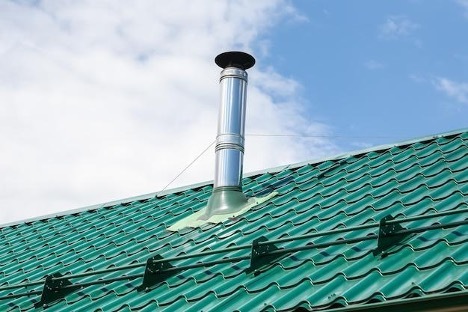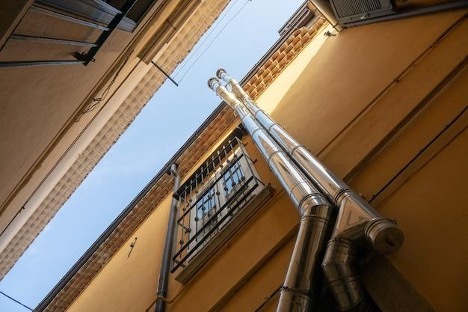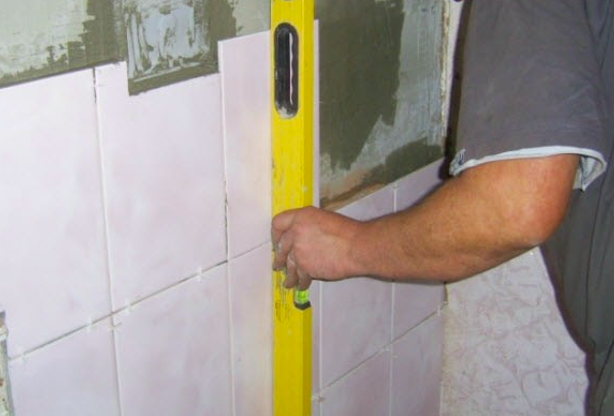Proper chimney design plays a key role in ensuring the safety and efficiency of a boiler room. Not only the efficiency of combustion products removal, but also the overall safety of the building depends on the quality of the project. Important factors in the design are the materials of the pipes, their height, diameter, as well as taking into account the specifics of the operation of the boiler room.

The content of the article
- Basic materials for construction
- Features of the foundation for a chimney
- Factors influencing design
- Chimney cut
- Conclusion
Basic materials for construction
In modern construction, various materials are used to make chimneys, including concrete chimneys and metal structures. The choice of material depends on the requirements for strength, heat resistance and service life of the chimney. Concrete chimneys are predominantly used in industrial and large buildings due to their high strength and durability.
Features of the foundation for a chimney
The foundation for the chimney of a boiler room, like any other room, must be designed taking into account the weight of the structure and soil conditions. An important aspect is the depth of the foundation, which should exclude the influence of frost heaving of the soil. Calculation of the foundation for a chimney includes an analysis of the loads that will act on the foundation, including wind and seismic influences.
Chimneys are often subject to significant temperature changes, which can cause materials to expand and contract. The foundation must be able to compensate for these temperature fluctuations to avoid cracking and deformation.
Depending on the type of fuel used in the boiler room, flue gases may contain harsh chemicals that can contribute to corrosion. The foundation must be protected from these impacts, which may require the use of special materials or coatings.
Factors influencing design
When designing a foundation for a boiler room chimney, it is necessary to take into account a number of key factors that affect its strength, stability and durability. Firstly, one of the main factors is the weight of the chimney itself, including the weight of materials from which it is manufactured, and additional loads such as equipment located in or on pipe The foundation for the chimney must be able to withstand these loads without the risk of deformation or destruction.
Secondly, an important factor is the geological condition and characteristics of the soil at the construction site. Different types of soil, such as clay, sand, or rocky terrain, have different effects on the foundation. Calculating the foundation for a chimney requires a careful analysis of soil conditions to ensure that the foundation will be stable and not subject to settlement or movement.
Thirdly, the climatic conditions of the region also affect the design of the foundation. In regions with severe frosts, for example, it is necessary to take into account the effect of frost heaving of the soil. Wind loads and possible seismic activity must also be taken into account in the calculations to ensure the reliability and safety of the structure in various weather conditions.
Important aspects when designing a foundation:
- Weight and type of chimney and additional equipment.
- Geological and soil conditions at the construction site.
- Climatic factors, including wind and seismic loads.
- The depth of the foundation to prevent the influence of frost heaving.
- Water disposal and drainage systems around the foundation.
- Materials for the construction of the foundation, ensuring its strength and durability.

Chimney cut
This is a special device that is designed to improve draft and prevent smoke backflow. This is especially important in multi-channel chimneys, where several heat sources are connected to one chimney. The cutting helps distribute the flow of air and gases, thereby increasing the efficiency of the system.
Key points when designing a cut:
- Determining the optimal location of the cut in the chimney.
- Calculation of the required size and shape of the cut.
- Consideration of cut material to ensure durability and efficiency.
Conclusion
High-quality design and construction of chimneys is of great importance for the safety and functionality of boiler rooms. It is important to carefully approach the selection of materials, design of the foundation of the boiler room chimney and the arrangement of the cut in the chimney. An integrated approach to design and construction will ensure long-term and reliable operation of the system.


